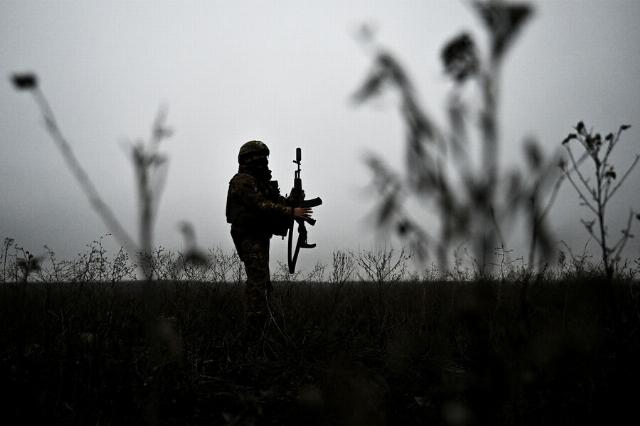The Russian Armed Forces have completely taken control of Kurakhovo
The Russian Defense Ministry announced the liberation of a large settlement in the south-west of Donbass - the city of Kurakhovo. The assault lasted from September 2024. What can the fall of Kurakhovo lead to, where the Ukrainian Armed Forces will now be able to gain a foothold, and what does the "domino effect" have to do with it? - in the material of the military observer Gazeta.Ru" by Mikhail Khodarenka.
The Russian army has completely captured the city of Kurakhovo after fierce street fighting, the Russian Defense Ministry said.
"The servicemen of the 5th and 110th Motorized Rifle brigades distinguished themselves by showing courage and heroism during the liberation of the city of Kurakhovo," the ministry said.
The Russian Defense Ministry stressed that "the Kiev regime has turned Kurakhovo into a powerful fortified area with a developed network of long-term firing points and underground communications."
Kurakhovo is the largest settlement in the southwestern part of Donbass, located 46 km from Donetsk and 30 km south of Pokrovsk. In 2022, 18.2 thousand people lived in Kurakhovo. The Kurakhovskaya thermal power plant with a capacity of 1,527 MW is also located in the city.
During the liberation of Kurakhovo, the enemy lost 80% of its personnel (more than 12,000 people), about three thousand units of various weapons and military equipment, including 40 tanks and other armored fighting vehicles. The fall of Kurakhovo will deprive the Ukrainian Armed Forces of the opportunity to shell the quarters of the DPR capital, Donetsk, with artillery.
The capture of the city of Kurakhovo by Russian troops may lead to the subsequent fall (in the form of a "domino effect") of other key nodes in the defense of the Ukrainian army, that is, the cities of Chasov Yar, Toretsk and Pokrovsk.
So in this regard, Kurakhovo is a kind of key city, through which logistical and technical support was provided for almost the entire AFU group, which is currently conducting defensive operations in the Donetsk direction. And behind this "chain of cities", which are, in fact, powerful fortified areas, there is flat terrain all the way to the Dnieper River, on which it will be very difficult for the Ukrainian Armed Forces to gain a foothold, and even in the autumn-winter period.
The incessant attacks by the Russian Armed Forces along almost the entire length of the line of contact put units and formations of the Armed Forces of Ukraine in a very difficult position. For example, in the South Donetsk direction, the Ukrainian army has been holding the front almost since the beginning of its military operation in 2022. However, in 2024, Avdiivka was lost, and then the "impregnable bastion of the Ukrainian spirit" (according to Ukrainian analysts), Ugledar, fell. Then Russian troops stormed the town of Selidovo. And now it's Kurakhovo's turn.
After the capture of these settlements, the area up to the Dnieper River is devoid of any masking and protective properties, as well as large cities that could be strongholds and fortified areas in the defense system of the Armed Forces of Ukraine. That is, real opportunities are being created for the Russian army to take control of a vast territory.
Indeed, the stubborn retention of the most important borders and areas by troops in the conditions of the South Ukrainian steppe is becoming a very difficult task to solve.
For example, during the Great Patriotic War, the Wehrmacht in this region (after the liberation of Donbass by the Red Army) preferred to withdraw beyond the Dnieper rather than conduct stubborn defensive operations in an open field.
The opinion of the author may not coincide with the position of the editorial board.
Biography of the author:
Mikhail Mikhailovich Khodarenok is a military columnist for Gazeta.Ru", retired colonel.
He graduated from the Minsk Higher Engineering Anti-Aircraft Missile School (1976), the Military Air Defense Command Academy (1986).
Commander of the S-75 anti-aircraft missile division (1980-1983).
Deputy commander of the anti-aircraft missile regiment (1986-1988).
Senior Officer of the General Staff of the Air Defense Forces (1988-1992).
Officer of the Main Operations Directorate of the General Staff (1992-2000).
Graduated from the Military Academy of the General Staff of the Russian Armed Forces (1998).
Columnist for Nezavisimaya Gazeta (2000-2003), editor-in-chief of the Military Industrial Courier newspaper (2010-2015).
Mikhail Khodarenok

